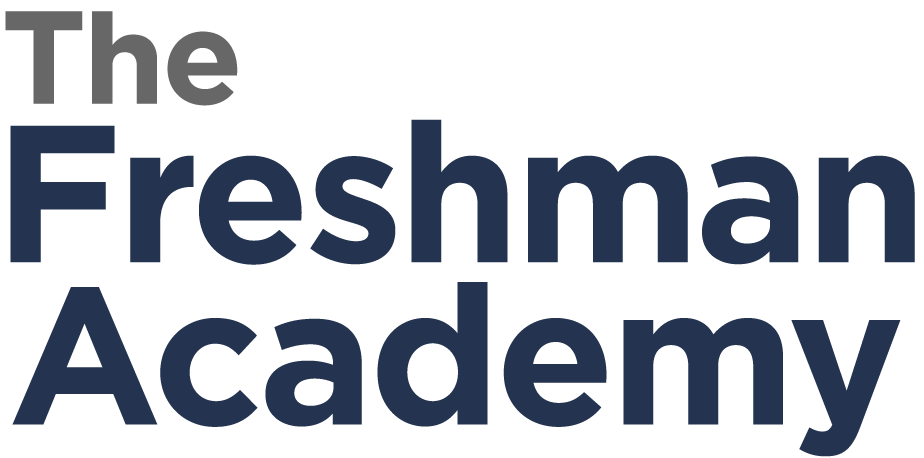You are smart and scary!
I doubt any student leaders get up in the morning and say “I’m smart and scary!” but that’s what I told the tutors at our training last week.
All over the country juniors and seniors are tapped to come along-side freshmen and sophomores. Mentoring, tutoring, folding down, and other similar names can minimize the power of this resource in our high schools for impacting learning. It is good for all!
These students cost almost nothing to manage from a financial sense. They are solid students with a willingness to invest in others. In fact, they think it’s a honor.
At the training last week I told them that they are smart and scary. As they approach freshmen, particularly at the beginning of the year when faces are strangers and school is an ocean of newness, approaching a freshmen with a desire to help can suddenly turn awkward as the freshmen pushes back on the available help. It really doesn’t make sense to the tutor as they are just there to offer assistance. They don’t understand that they are smart and scary.
They are smart because they just are. We select our students to tutor who are successful students. They have good grades or at least good abilities to explain a concept. They have been introduced as a tutor in the classroom and therefore carry the mantle of “smart.”
They are scary because of what they can do to a freshman. They can expose the weaknesses and inabilities of a freshmen with a simple question. This renders the student academically naked to the world, a terrifying possibility. Yes, to freshmen, the tutors are scary, and tutors need to modify their approach accordingly.
Here is the common error statement made by tutors who are motivated by goodwill and a desire to help out: “Do you need any help?” And the deed is done. The terrified freshman sees the golden opportunity to claim competence and defends himself or herself with the all-powerful “No.” The battle is over. The freshman is safe in their ignorance, and the tutor must go on. What is left? Will the tutor argue the “No” and refight this lost battle? Again, No.
The solution is in the approach. In fact, what precedes the approach is “the look.” Tutors don’t have time for “the look” because they are often so overwhelmed with being helpful. The look takes about a minute. It’s done from the side of the room. A tutor observes the freshmen in their natural habitat and seeks to discover a student that is in distress. Once identified, the tutor approaches with the foreknowledge that assistance is needed. The approaching question is coy: “What are you working on?”
All options are a win for the tutor.
Freshman: “Nothing”
Tutor: The whole backpack becomes a shopping mall of possibilities. Stray papers, vocabulary development, and backpack organization all become options with this weak attempt to deny assistance.
Freshman: “This math assignment.”
Tutor: The tutor now has access and can pull up the most powerful tutoring tool known to mankind: the chair. Once seated next to the freshman, the tutor communicates commitment, presence, confidence, and partnership. The tutor can ask the student to show them the problem on which they are presently working. If the freshman claims knowledge, the tutor can ask that the freshman prove this knowledge by successfully completing the next problem.
And the learning begins or is at least confirmed.
These upperclassmen are a great resource, a great help. Each high school can provide a great place for them to move from smart and scary to leaders who are skilled and insightful.

